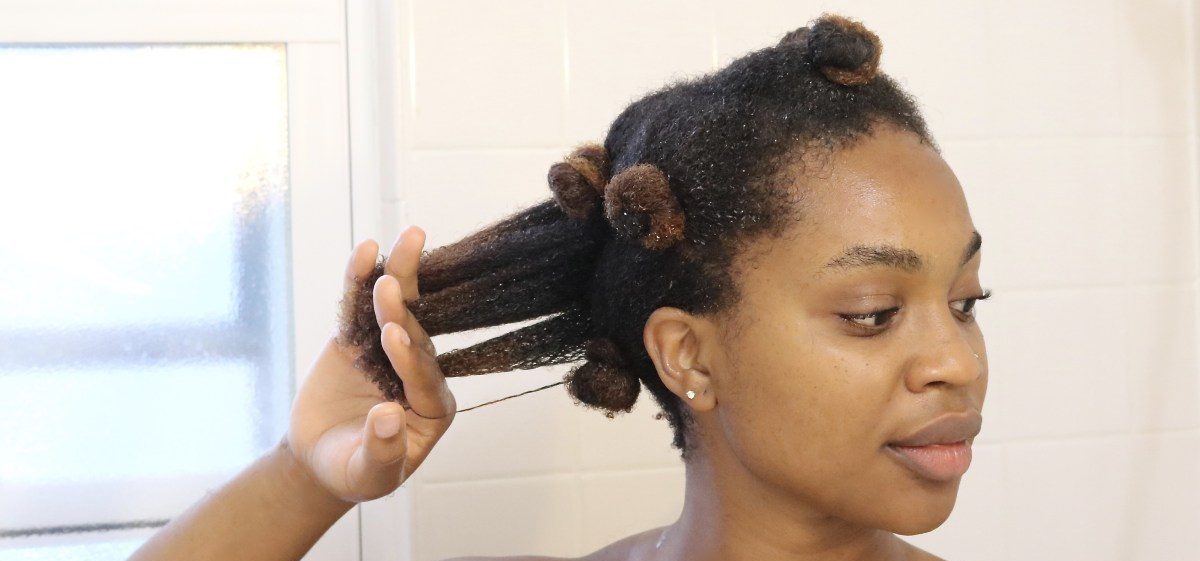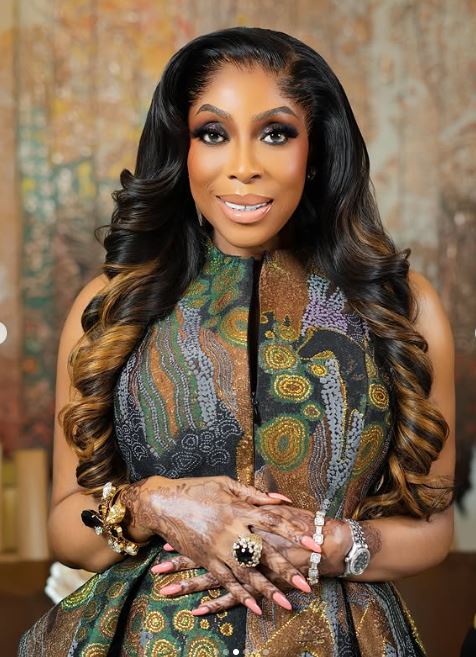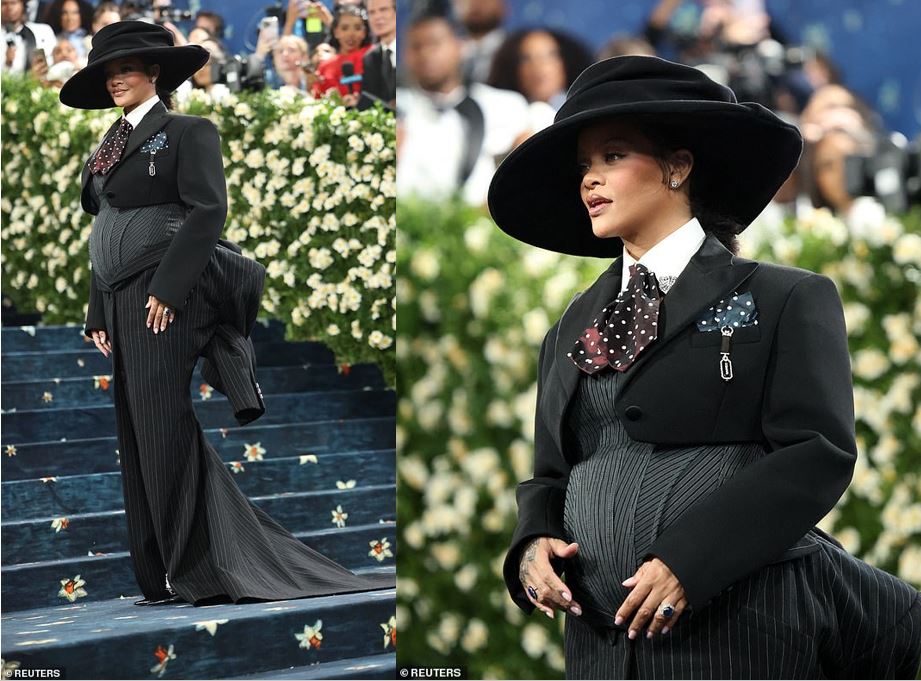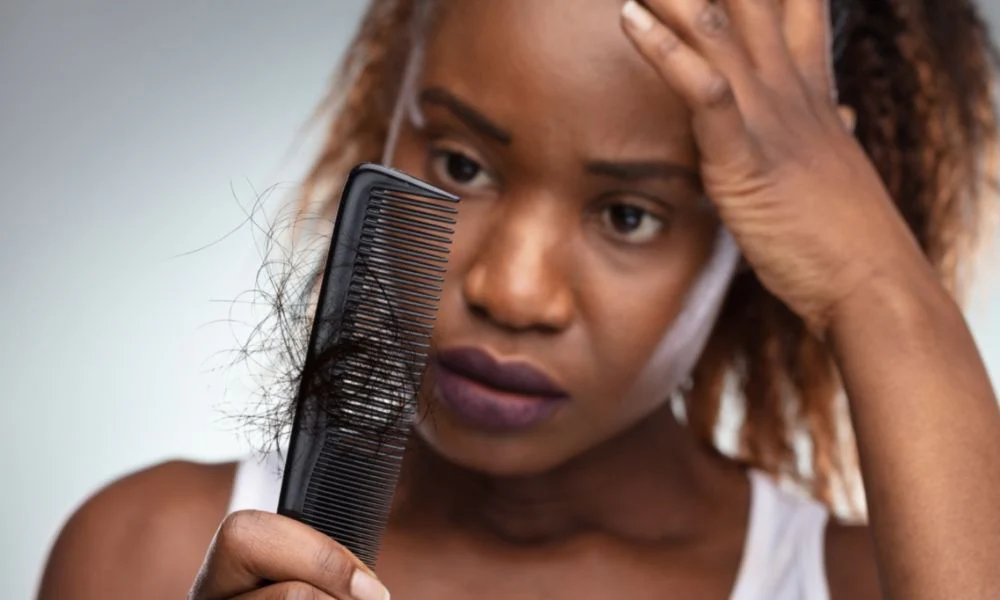Having an easy, natural hair regimen that works is the major key for healthy, beautiful hair. Whether you have been natural for a while, are transitioning or just did a big chop, this is for you.This Natural Hair Regimen Will Help Grow Your Hair Faster
Your natural hair is like a baby that needs to be nurtured. And although hair types, textures and needs differ from person to person, there are basic things that every hair requires to thrive. They include moisture, little or no manipulation, cleansing, conditioning etc. Building a solid natural hair regimen helps fill these needs.

(naturallycurly.com)
Before you build a regimen, there are two things you have to consider:
- What products do you have?
- How easy is this regimen?
With a natural hair regimen, consistency is absolutely vital. You can’t feed your baby today and forget about him/her for the next two weeks. The same applies to your hair. So for those of us with extremely busy schedules, we have to put in an extra effort and come up with super creative ways to ensure that we stick to our natural hair regimen. Your natural hair regimen can be weekly, bi-weekly or monthly depending on your schedule.
Here’s a basic natural hair regimen that works for all hair types.
Step 1: Pre-Poo
Pre-pooing is a step that ensures that moisture is retained after shampooing. Like the name says, this step is done before shampooing. If you are doing a co-wash (washing with just conditioner), you can decide to skip this step. This step should be done preferably once a week, on wash day.
What You Will Need:
Natural and essential oils. Our picks include olive oil, coconut oil, avocado oil etc. You can also switch it up or add other ingredients to give your hair a different feel.
To apply, mix 2 tablespoons each of your oils in a small bowl and apply generously on your strands and scalp. Cover your hair with a plastic/polythene bag or a rubber shower cap and leave it on for 20-30 minutes.
Step 2: Shampoo
By now, you should have settled for a sulphate free shampoo of your choice. Another great alternative is native black soap. Pre-pooing will help fight off drying and stripping of your hair but it is better to still use a sulphate free shampoo. Remember to split your hair into sections before shampooing. This will help reduce tangling and breakage.
Shampooing should be done once a week or once in two weeks on wash day depending on how much build up your hair has. Over time, you might want to reduce your shampooing frequency and stick to co-washing and other cleansing alternatives.
What You Will Need:
A sulfate free shampoo

(Photo: Bella Mecia)
Check out these tips on how to wash textured hair.
Step 3: Conditioning
The type of conditioner to use in this step depends on whether you used a shampoo for the previous step or did a co-wash. If you used a shampoo, it’s best to use a rinse out conditioner to seal in the moisture in your hair. Any low budget conditioner would work well for this step. Our pick is the V05 conditioner. It’s under N1,000 and smells heavenly. When conditioning, you can choose to finger detangle after which you can run through the strands with a wide-toothed comb.
If you did a co-wash, you can go straight to deep conditioning. Store bought deep conditioners are great for this part of your regimen but over time, you can graduate to personalized DIY recipes.
A deep conditioner (store-bought or homemade), a shower cap or plastic bag and a tangible load of patience. To apply, generously massage your deep conditioner into your hair and cover it up with a shower cap or plastic bag. Leave it on for 20-30 minutes and rinse off with cool water to seal your pores.

(Photo: Black Hair Information)
Step 4: Moisturize
To moisturize your hair, you need a water based leave in conditioner. Actually, any moisturizer at all must have water as its first ingredient so be sure to read the labels before buying your products. The best method for moisturizing your hair is the LOC (liquid, oil, cream) method. The liquid can be just water or a leave-in conditioner, followed by a natural oil (coconut, olive, jojoba etc) to seal in the moisture from the liquid and a cream used for styling.
You should moisturize your hair as often as possible. After the initial wash day moisturizing, pay extra attention to your hair to tell when it needs to be re-moisturized. If you are wearing a protective hairstyle, spritz your hair with a water, conditioner and oil mixture to keep your hair moisturized.
Step 5: Styling
Always keep your hair in a low manipulation style to reduce pressure on the roots and strands. The easiest hairstyles are fro-hawks, two strand twists, twist outs, high puff etc. Avoid hairstyles that require heat as this will definitely damage your hair and cause breakage.
You can style your hair once a week and maintain that style until the next week. To help preserve your hairstyle, invest in a good satin bonnet or pillowcase. You can also choose to pineapple at night.
What You Will Need:
Tons of styling tools. Get flexi rods, bendy rollers, bobby pins, hair bands, styling creams and butters, curl formers and of course your hands.
Featured Image: Ijeoma Kola

























